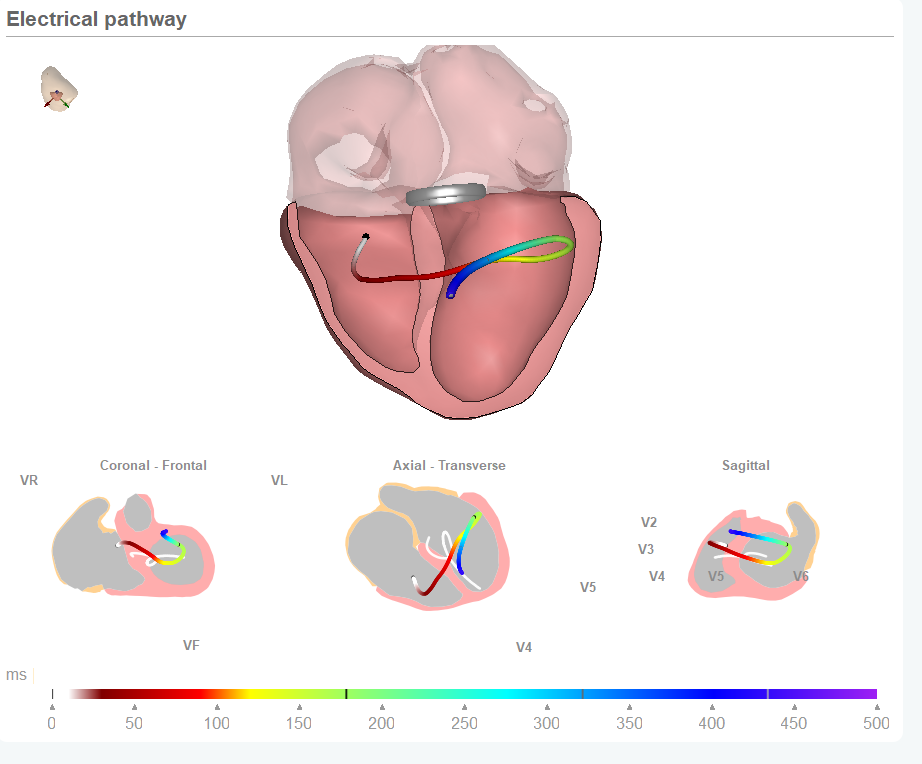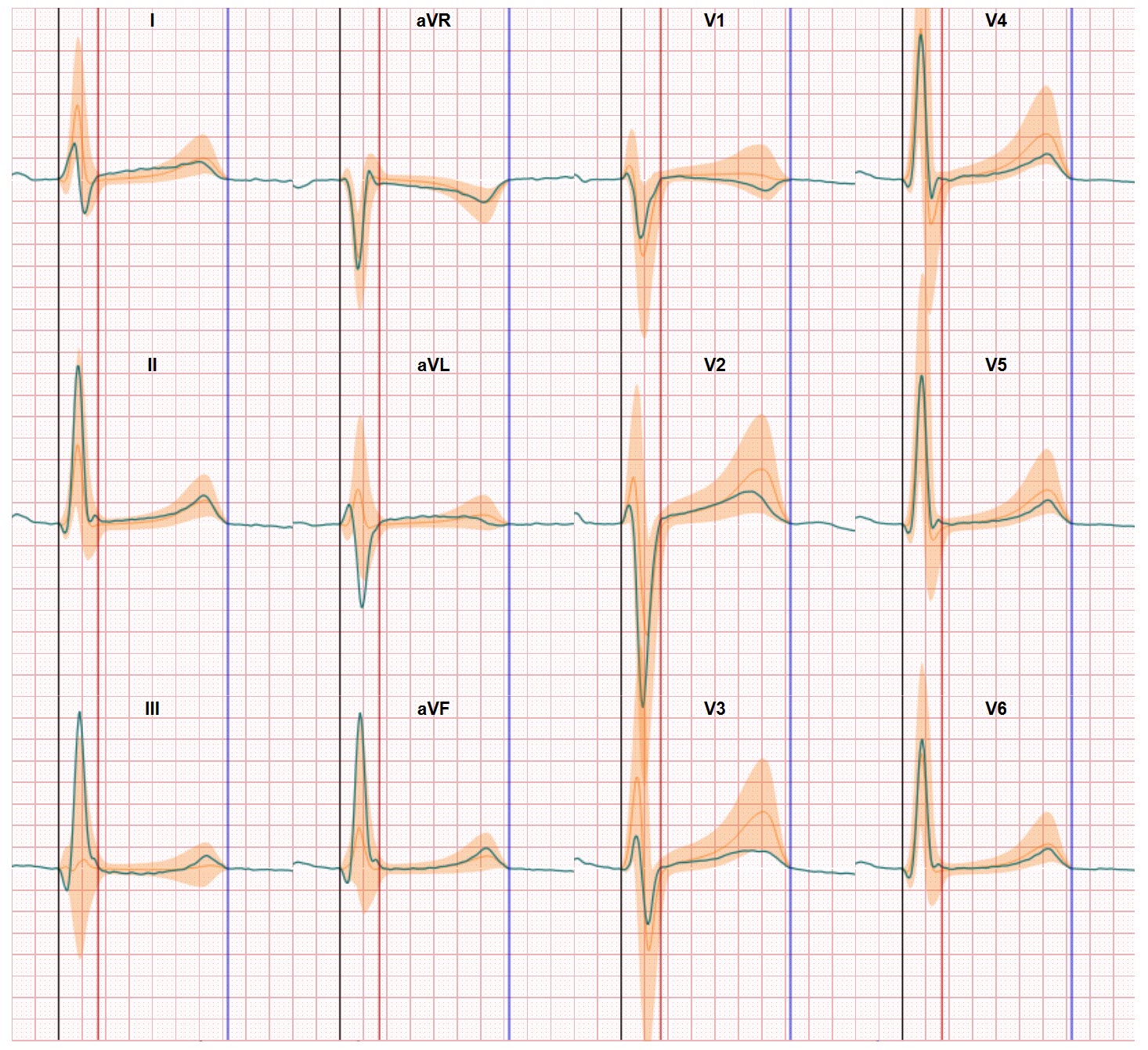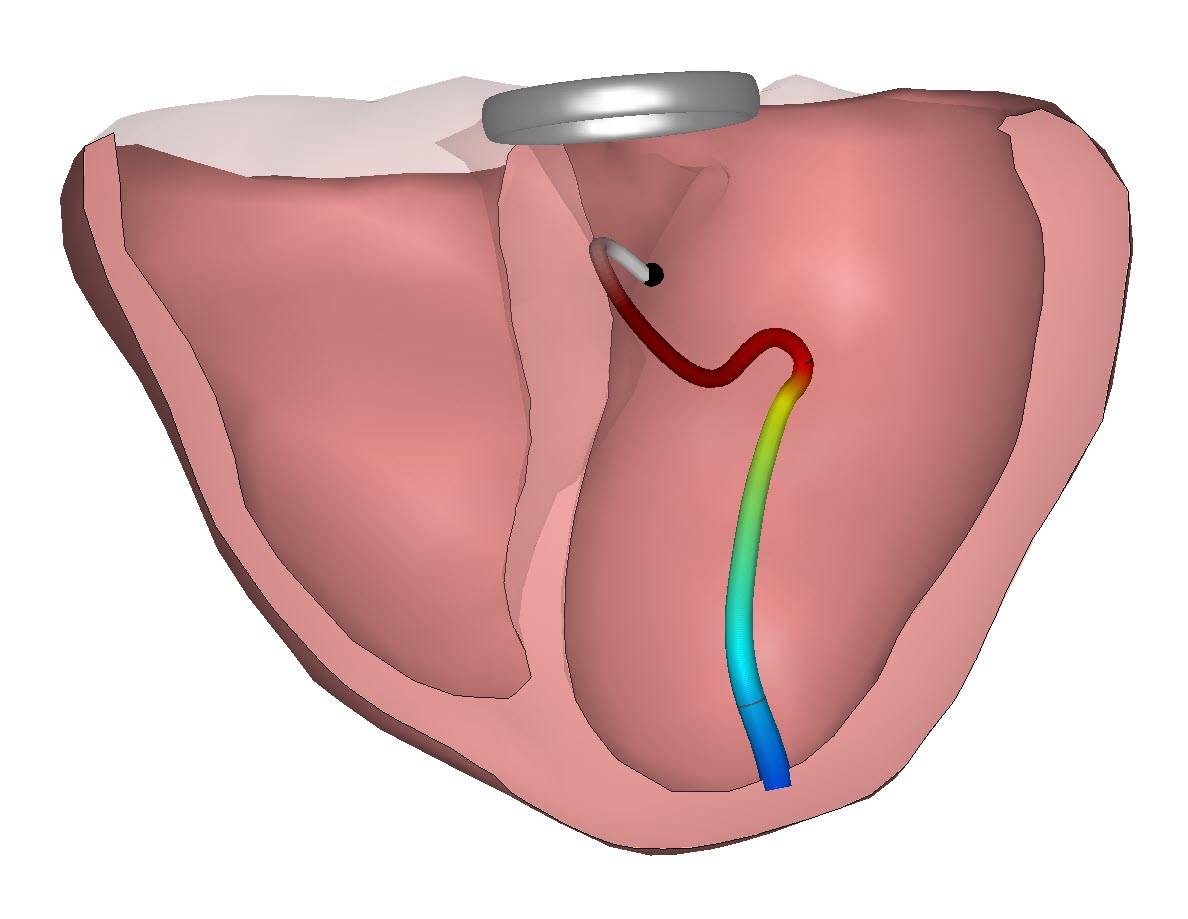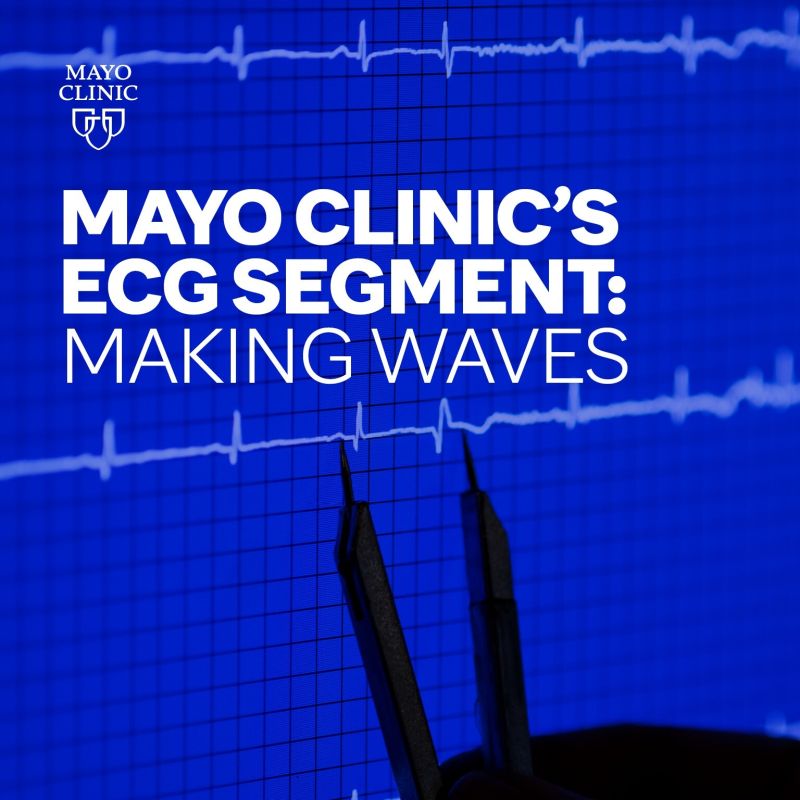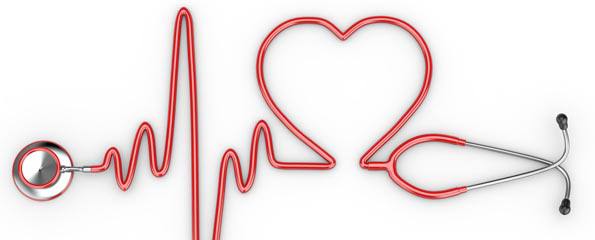Accurate detecting genetic heart diseases is a real quest in cardiology. Over the past 60 years genetic heart disease detection has improved, multiple syndromes have been identified from observing distinct and different Electrocardiogram (ECG) patterns. The list of these genetic diseases has grown significantly. From Long QT syndrome to Brugada Syndrome, Progressive cardiac conduction disorder, short QT syndrome, early repolarization syndrome to name a few. In most cases the diseases are not without risk, they impact the large heart chambers, cause arrhythmia’s and may result in Sudden Cardiac Death. Such a sad incident is often the first manifestation of the disease within a family.
Once it is understood family members have a certain risk the challenge is to identify the family members with a high risk and to initiate a program of monitoring and prevention in order to reduce risks and start treatment in time.
Early diagnostics is the key combined with monitoring family members before they show symptoms.
In a recent blog on our website we focused on the challenge of genetic heart disease detection.

Familial STD Syndrome detection
Familial ST-segment Depression Syndrome (Fam-STD) is a recent identified inherited arrhythmia disease associated with atrial fibrillation, ventricular arrhythmias, and sudden cardiac death. At the Computing in Cardiology Conference 2022 in Tampere Finland, CineECG which was already identifies as method for accurate genetic heart disease detection is now also an effective method for FAM-STD detection. We thank Rasmus Frosted of Copenhagen’s Rigshospitalet for presenting his study results in which CineECG was used to examine the electrical pathway of the heart of FAM-STD patients and to compare their electrical pathways with the normal distribution of pathways of healthy controls.
Conclusion of the study of Rasmus and the team lead by Alex Christenzen: The analysis found pronounced differences in direction of the electrical pathway which differs from normal. More precise in FAM-STD patients the pathway moves towards the base of the heart during the ST segment, opposite of the direction of the ST segment of healthy person. Our team is very pleased with this conformation of the added diagnostic value of CineECG. By only using 12 lead rest-ECG monitoring and the CineECG analysis the process of early diagnostics in a friendly and low cost manner is now feasible. FAM-STD is the next loot on our validation tree after the new patient friendly diagnostic approach has already demonstrated its value for Brugada Syndrom, ARVC, ACS and LBBB/RBBB analysis. From only using 12 lead ECG data there’s much more to see in the ECG!. For more info please visit www.CineECG.com.

